The world of digital technology is dynamic and only a few areas are evolving as rapidly as the Web3 space. Web3 has brought so many changes to the way we interact with the internet and data, and it is only the beginning.
There have been many transformations in the Web3 space of late. This article sheds light on the top trends shaping the next iteration of the internet. Let’s begin!
Top 8 Trends Shaping the Web3 Space in 2025
From the continued rise of Decentralized Finance (DeFi) and the evolution of Non-Fungible Tokens (NFTs) to the advancements in Web3 infrastructure, there are numerous trends shaping Web3 and the digital landscape.
Here we discuss the top eight trends in the Web3 space, exploring their implications on the future.
Decentralized Finance (DeFi) Innovations
Decentralized Finance, or DeFi, continues to be a cornerstone of the Web3 revolution, offering a glimpse into a future where financial systems are open, transparent, and accessible to all. Several key innovations are driving the evolution of DeFi, making it more robust, interconnected, and compliant with regulatory frameworks.
These services extend beyond traditional lending and borrowing to include complex financial products like synthetic assets, decentralized insurance, and yield farming strategies. For example, projects like Aave and Compound are continually innovating to offer more user-friendly financial products, catering to both retail investors and institutional players.
Furthermore, as DeFi continues to grow and attract mainstream attention, regulatory scrutiny is intensifying. In response, many DeFi projects are proactively adopting measures to enhance transparency and compliance.
These include implementing Know Your Customer (KYC) and Anti-Money Laundering (AML) protocols, as well as developing decentralized identity solutions that allow for secure and private user verification.
Related:
Demystifying DeFi: A Beginner’s Guide to Decentralized Finance

Tokenization of Real-World Assets
Real-World Asset (RWA) Tokenization refers to converting the ownership rights of tangible or intangible assets into digital tokens on a blockchain platform. These assets include luxury goods, commodities, art and real estate, etc.
Typically, RWA tokenization involves the creation of digital tokens that represents a share or ownership of a real-world asset. But by converting them into digital tokens, they can be owned and traded in a transparent manner.
In addition, it offers a practical solution to real-world challenges by encouraging financial inclusion and efficiency. This enables smaller investors to partake in markets usually reserved for the bigger ones, which unlocks liquidity and ownership opportunities.
Some examples of real-world assets include SolarCoin (infrastructure), tZero (equity), RealT (real estate), etc.
Related:
Real-World Asset (RWA) Tokenization
Growth of Decentralized Autonomous Organizations (DAOs)
Gone are the days when Decentralized Autonomous Organizations were just niche experiments. Today, they are expanding and diversifying, taking on various roles and responsibilities across different industries. DAOs are no longer limited to managing decentralized finance (DeFi) protocols; they are now governing everything from investment funds to social clubs and even philanthropic initiatives.
For example, investment DAOs like MetaCartel Ventures and The LAO pool resources from members to invest in promising startups and projects. Similarly, social DAOs such as Friends With Benefits (FWB) are creating vibrant, member-driven communities where individuals can collaborate, share ideas, and participate in exclusive events.
As DAOs grow in number and influence, their governance mechanisms are also evolving. Early DAOs faced challenges related to decision-making efficiency and voter participation. In 2024, new models and tools address these issues, making DAOs more effective and inclusive.
Also, the mainstream adoption of DAOs is one of the most exciting trends shaping Web3 this year. As more people recognize the benefits of decentralized governance, DAOs are being embraced by a wider audience, including traditional businesses and institutions.

Web3 Infrastructure and Development Tools
The Web3 infrastructure is the backbone of the evolving Web3 landscape. As the decentralized web grows, so does the need for scalable, efficient, and developer-friendly tools that can support its rapid expansion.
Blockchain scalability has long been a critical challenge for blockchain networks. As the demand for decentralized applications (dApps) surges, the need for scalable solutions becomes more pressing. Layer 2 solutions, such as Optimistic Rollups and zk-Rollups, are at the forefront of this transformation.
In the Web3 world, identity is more than just a username and password. Decentralized Identity (DID) is a revolutionary concept that gives individuals control over their own identities, enabling secure and private interactions online.
DID allows users to create, own, and manage their digital identities without relying on centralized authorities. This not only enhances privacy but also empowers individuals with full ownership of their personal data. Projects like Sovrin and ION are leading the charge, providing frameworks for decentralized identity that are interoperable across different platforms and applications.
As Web3 matures, the tools and resources available to developers are becoming more sophisticated and accessible. Platforms like Alchemy and Infura are simplifying the process of connecting to blockchain networks, providing reliable and scalable infrastructure as a service.
In addition, development frameworks like Hardhat and Truffle are making smart contract development more streamlined and user-friendly. Such advancements are lowering the barriers to entry for new developers and accelerating the pace of innovation in the Web3 space.
Moreover, educational resources and community support for Web3 development are expanding rapidly. Online courses, tutorials, and hackathons are also proliferating, making it easier for aspiring developers to learn Web3 skills and contribute to the ecosystem.
Related:
Web3 Blockchain: Layer 1 & Layer 2 Scaling Solutions
Privacy and Security Enhancements
Privacy is not just a feature; it’s a fundamental right in the Web3 era. To uphold Web3 privacy, innovative technologies are emerging that allow users to engage in transactions and interactions with enhanced confidentiality and anonymity. One of the most promising advancements is the integration of zero-knowledge proofs (ZKPs) and other cryptographic techniques.
Zero-knowledge proofs enable parties to verify the truth of statements without revealing any underlying data. Platforms like Zcash and Monero leverage ZKPs to offer privacy-centric cryptocurrencies, where transaction details are shielded from public view while still maintaining integrity and authenticity.
The efforts to bolster security are also focusing on improving smart contract security, enhancing auditing processes, and fortifying network defenses against emerging threats.
Smart contract audits are critical to identifying and mitigating vulnerabilities in decentralized applications. These audits help developers identify and rectify vulnerabilities before deploying smart contracts to the blockchain, reducing the risk of exploits and financial losses.
Furthermore, advancements in blockchain governance are enabling more robust security protocols. Projects are implementing multi-signature wallets, decentralized key management systems, and advanced authentication mechanisms to protect user funds and sensitive information.
While technological advancements play a crucial role in enhancing Web3 privacy and security, education and awareness are equally important. Initiatives like cybersecurity awareness campaigns, decentralized identity workshops, and educational webinars are empowering users to understand the risks and take proactive measures to safeguard their privacy.
Related:
What are Smart Contracts in Blockchain and Web3?
Web3 and the Metaverse
Web3 technologies are the perfect fit for the Metaverse, offering decentralized, user-controlled platforms that enhance interactivity and ownership within virtual worlds. Platforms like Decentraland, Sandbox, and CryptoVoxels are pioneering this Metaverse integration, allowing users to buy virtual land, build customizable spaces, and create digital assets that hold real-world value.
The Metaverse is not just a playground for virtual experiences; it’s a burgeoning economy with vast economic potential. Creators can monetize their skills and content in unprecedented ways. Artists can sell NFTs of their digital artwork, musicians can host virtual concerts with ticketed access via NFTs, and developers can create and sell virtual goods and experiences within decentralized marketplaces.
Businesses are also considering the Metaverse integration as a new frontier for growth and innovation. Retailers can establish virtual storefronts where customers can browse and purchase products using cryptocurrencies and NFTs. Brands can engage with consumers through immersive marketing campaigns and branded virtual experiences.
Beyond economics, Web3’s integration with the Metaverse is reshaping social interactions and cultural experiences on a global scale. Virtual communities are thriving, offering spaces for people to connect, collaborate, and express themselves in ways that transcend physical boundaries.
Moreover, Web3 technologies are empowering users to shape their virtual identities authentically. From customizable avatars to personalized virtual environments, individuals can express their personalities and preferences more freely in the Metaverse. This freedom of self-expression promotes creativity and individuality, enriching the overall digital experience.
Related:
Top 7 Metaverse Coins & Tokens to Keep an Eye On

Sustainable blockchain solution
The sustainable blockchain solution is a concept that focuses on reducing the environmental impact of blockchain networks by adopting sustainable energy-efficient technologies as the alternative.
Generally, blockchain networks improve environmental efficiency through decentralized energy trading, waste recycling, carbon emission tracking and supply chain transparency. However, its Proof-of-Work (PoW) consensus is highly energy-intensive.
This is why sustainable blockchain solutions are increasingly becoming the order of the day. They include:
- Energy-efficient consensus mechanisms: Proof-of-Stake (PoS), Proof-of-Authority (PoA)
- Carbon credit solutions
- Green cryptocurrencies: Chia (XCH), Nano (XNO)
- Smart cities and Internet of Things (IoT)
- Decentralized energy trading platforms: Power Ledger, Grid+
Related:
Crypto Mining: The Energy Debate
Generative AI
Generative AI is a part of Machine Learning (ML) that revolves around analysis, automation and creation of content. Some of its tools include ChatGPT, DALL-E and Gemini, which can generate different forms of content for several use cases.
Typically, Generative AI empowers Web3 via NFTs (branding), gaming (asset generation), metaverse (3D ecosystems), and Web3 development (code generation). But as it evolves, there’s an opportunity for Web3 to play a pivotal role in it.
Here are some possibilities:
- AI-generated content built on the blockchain.
- Decentralized AI data economy where synthetic datasets power open-source AI models.
- Decentralized AI model refinement where contributors stake to earn rewards.
- Blockchain-based AI inference marketplaces where nodes provide compute power to execute distilled models.
- Decentralized networks that verify model performances across several criteria.
Related:
AI and Web3: Exploring How AI is Transforming Web3 and Decentralized Finance
What’s Next for Web3?
Looking beyond 2025, the trends shaping Web3 today are likely to accelerate, driven by ongoing innovation and increased adoption.
DeFi will continue to disrupt traditional finance, more real-world assets will become tokenized, and DAOs will become increasingly influential. The infrastructure supporting Web3 will become more robust, facilitating broader participation and integration into daily life.
Web3’s influence on the metaverse and Generative AI will deepen, offering richer and more immersive virtual experiences. As regulatory landscapes solidify, they will provide clearer paths for sustainable growth and innovation.
With more advanced and secure cryptographic methods springing up, users can rest assured that safety isn’t neglected in the user-centric world of Web3.
Conclusion
The future of Web3 is unfolding before our eyes, offering a vision of a more connected, inclusive, and equitable digital world. These trends shaping Web3 are creating a shift in how we conceive, build, and interact with the internet.
By embracing these trends and actively shaping the evolution of Web3, we can collectively pave the way for a future where technology serves humanity in unprecedented ways.
Zypto’s Game-Changing Capabilities in the Web3 Space
Zypto is emerging as a strong contender in the Web3 landscape in 2025 with its crypto app and DeFi wallet, and full range of crypto payments products for businesses and individuals. By innovation and integration, Zypto continues to expand its offerings, standing as a beacon of what the future of Web3 can achieve.
By bridging the gap between cryptocurrencies and traditional finance, and making crypto as easy to use as cash, Zypto is helping to build a more inclusive and user-centric digital ecosystem.
For anyone looking to engage with the forefront of Web3 technology, Zypto is a platform to watch and explore.
P.S. We’d love to hear your thoughts on the top trends shaping up to impact the future of Web3. Leave a comment below and share your questions or thoughts!

FAQs
What is Web 3.0 and examples of it?
Web 3.0, or Web3, is the next generation of the internet focused on decentralization, blockchain technology, and user sovereignty over data.
Examples include decentralized platforms like Ethereum for smart contracts, Uniswap for decentralized trading, and IPFS for decentralized storage.
What are Web3 trends?
Web 3.0 involves new standards of data usage and protection, rapid and efficient processing of information, and an increase in transparency.
Therefore, Web3 will bring with itself not only the innovative sparkle for opportunities but also will be directly implemented in how companies operate.
What are Web 3.0 examples?
Web 3.0, or Web3, is a set of values and technical applications that define a new era of the World Wide Web. Prime Web 3.0 examples include ubiquity, decentralization, artificial intelligence, blockchain, and connectivity.
What is the difference between Web3 and blockchain?
Blockchain enables transparent recording transactions, whereas Web3 allows interactions between users and applications in a more decentralised and democratic way.
Web3 enables the use and development of dApps, while Blockchain is more connected with cryptocurrency, such as Bitcoin.
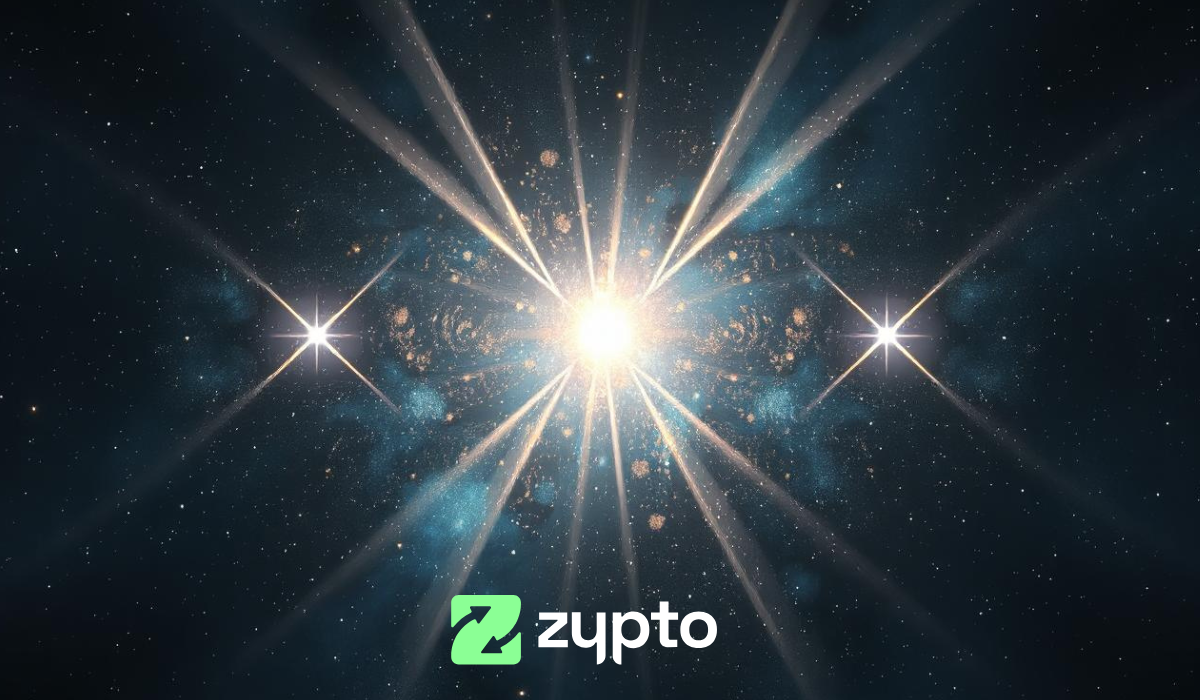



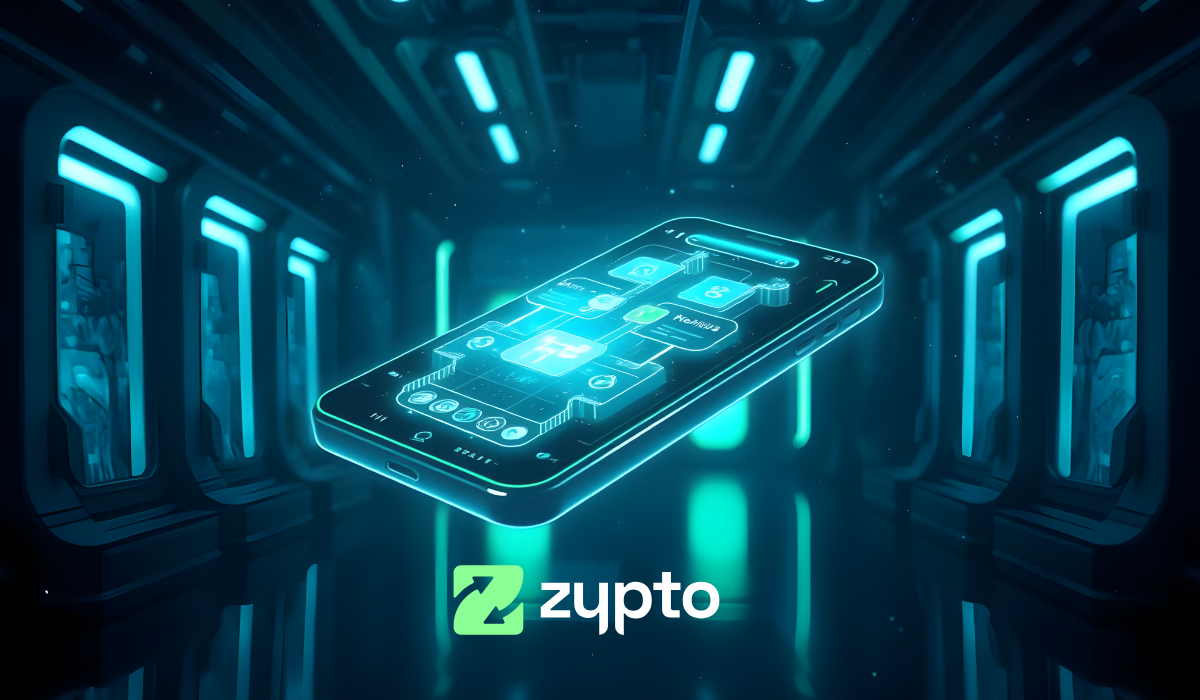
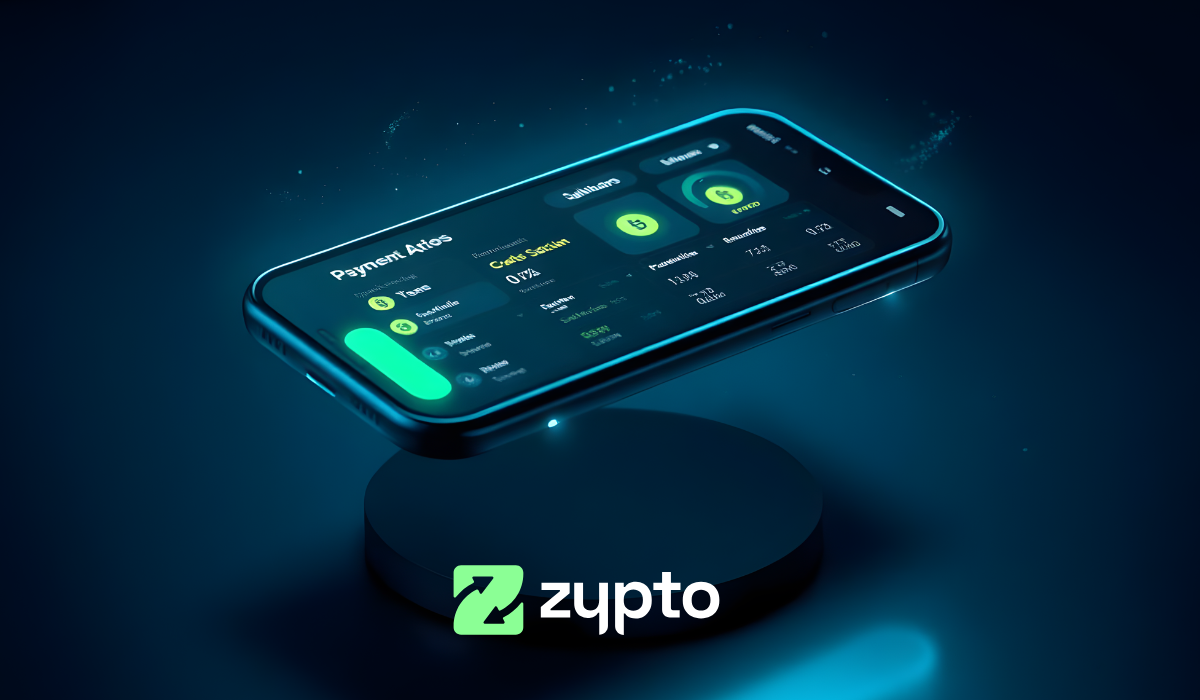
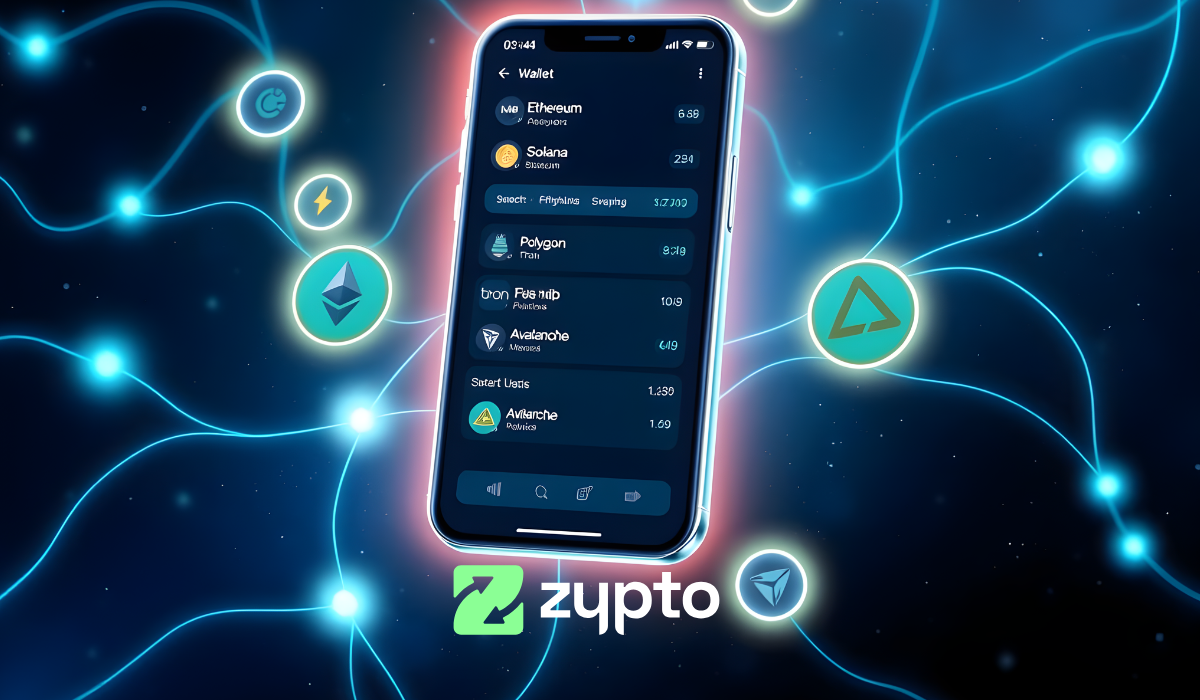

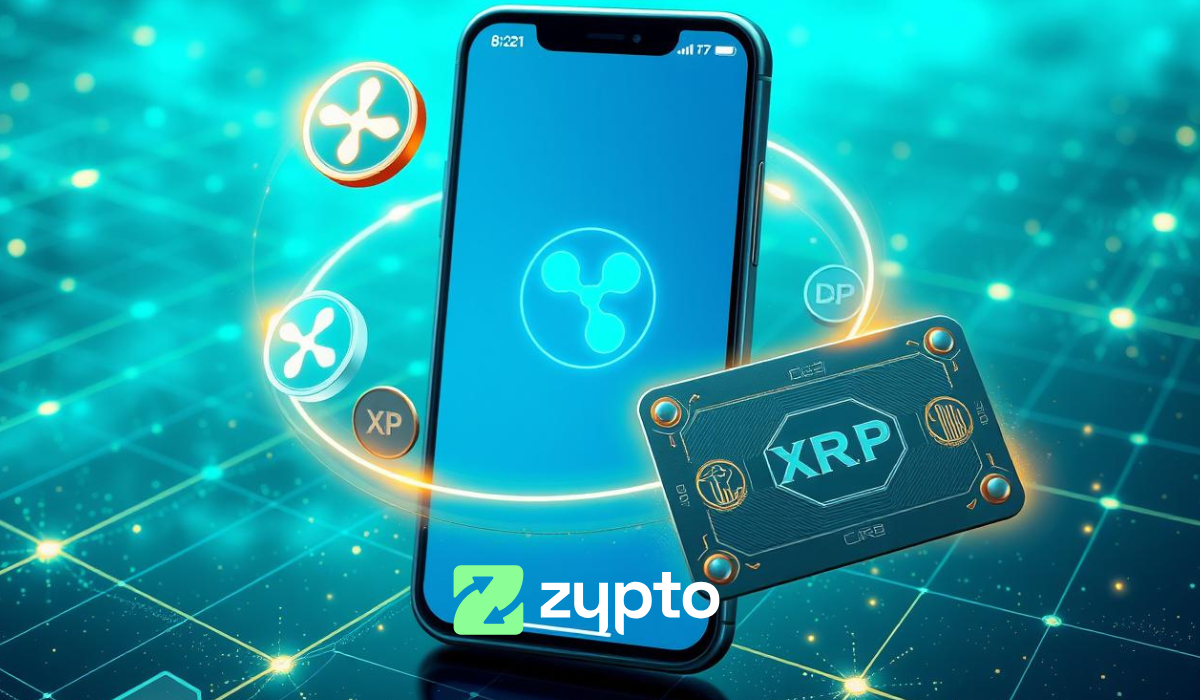

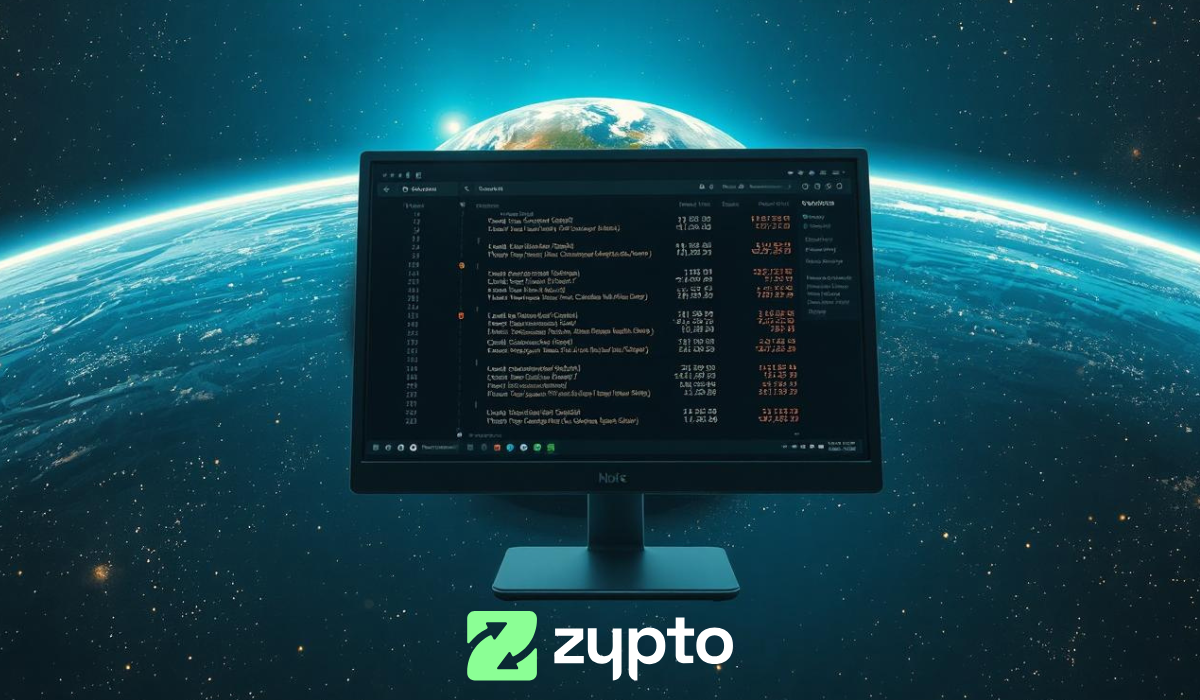
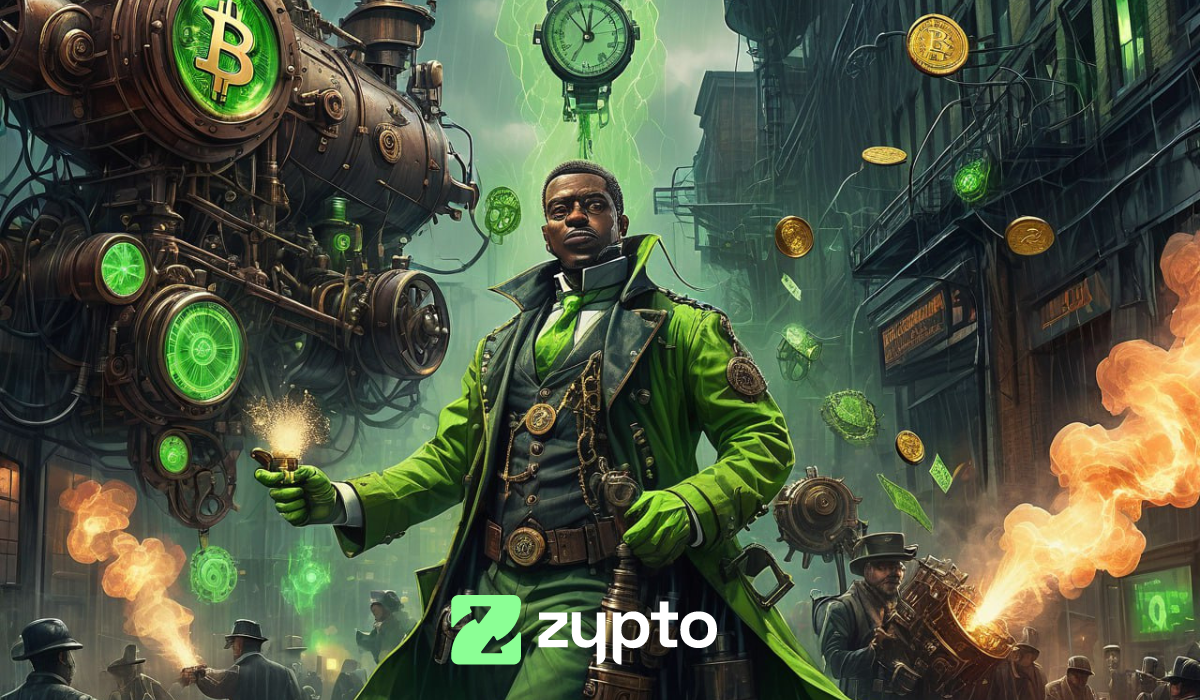
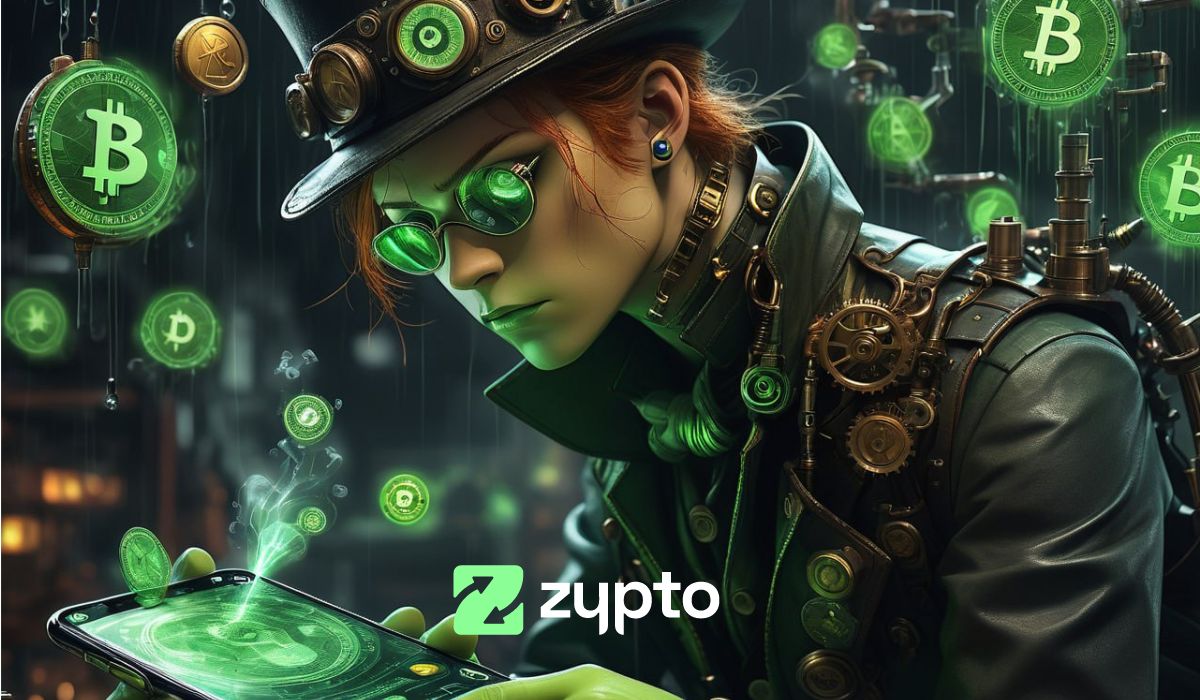

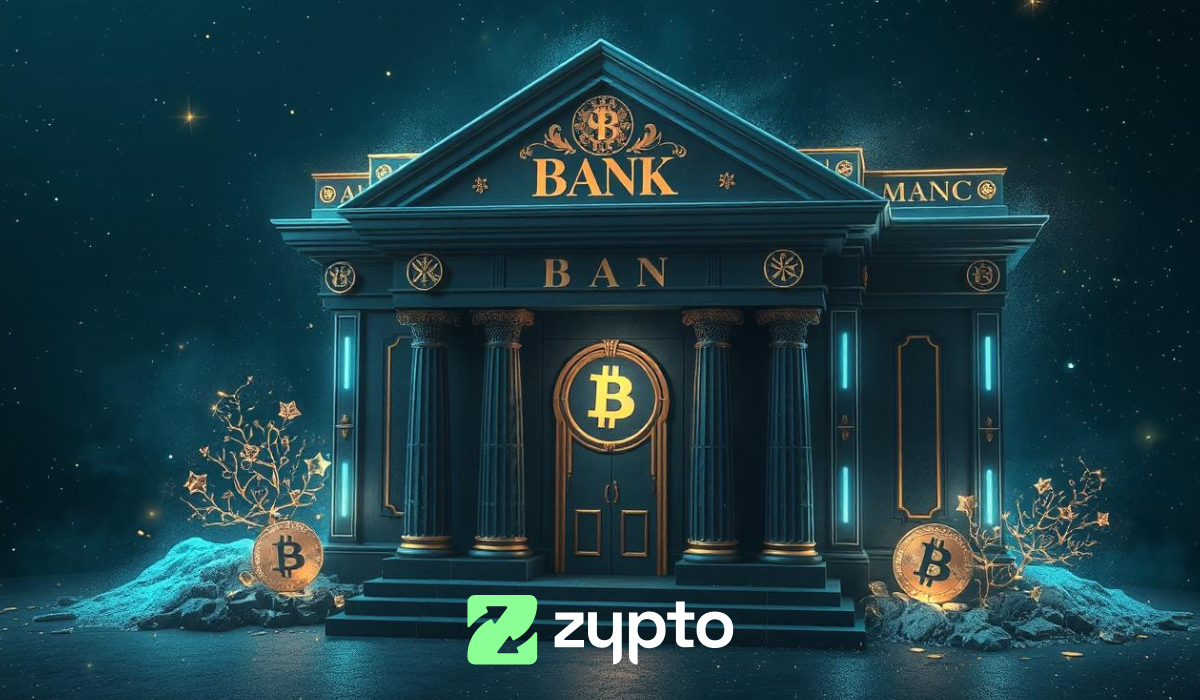
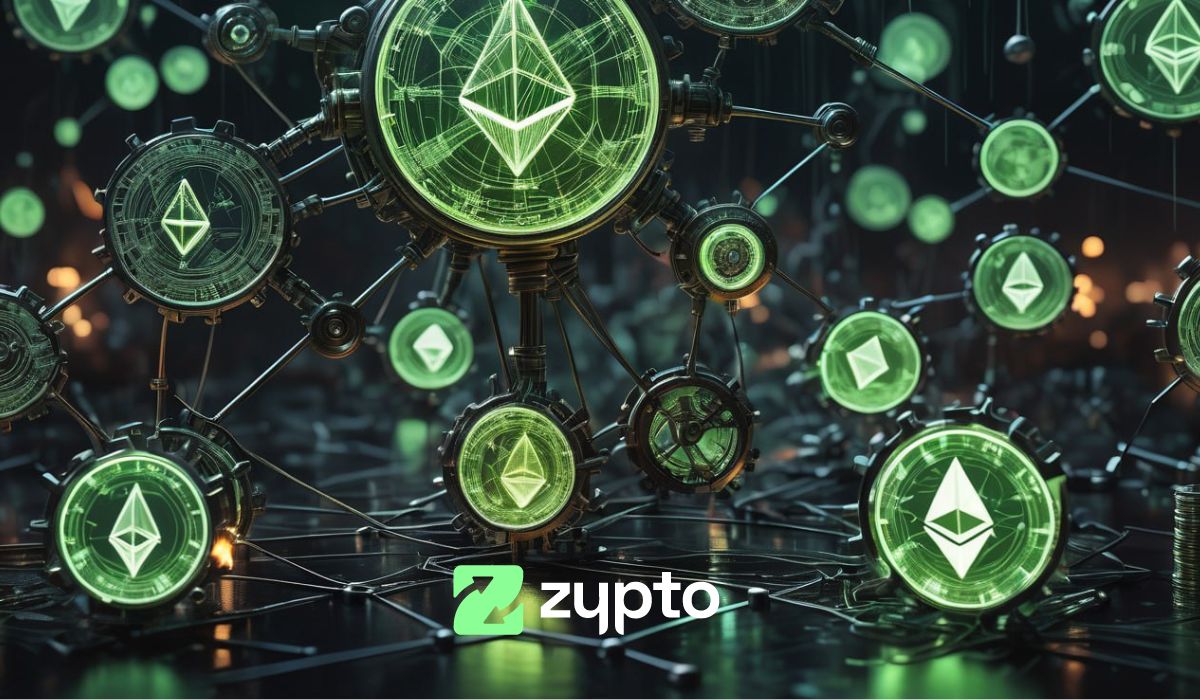
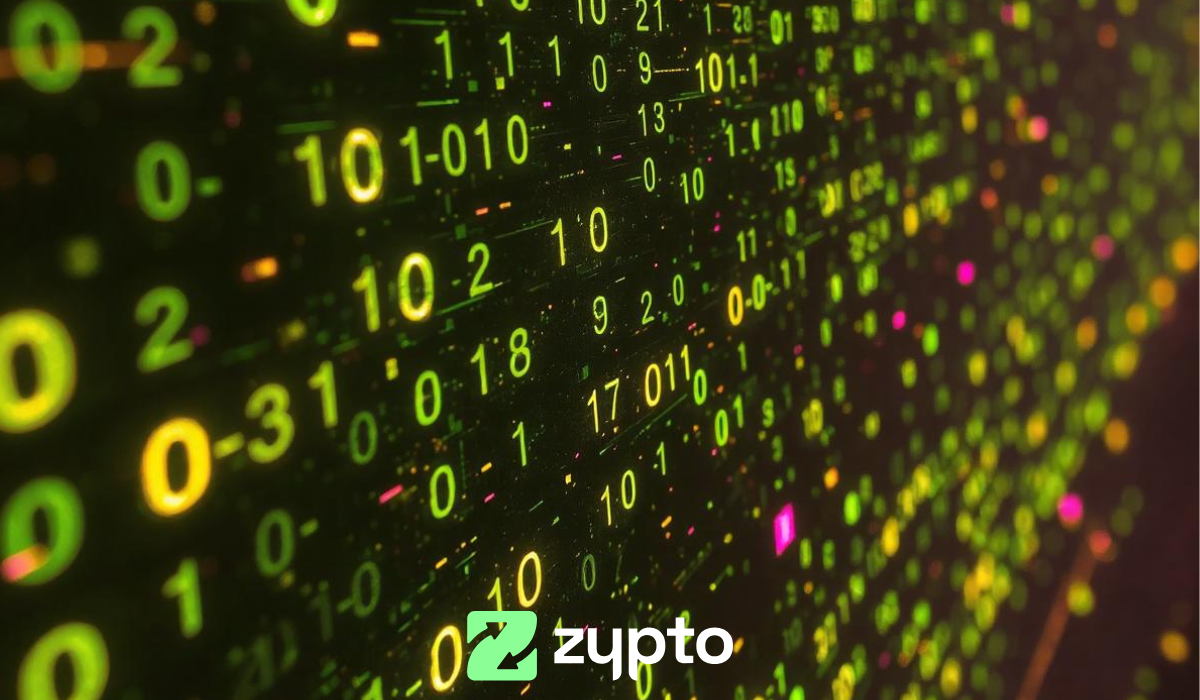
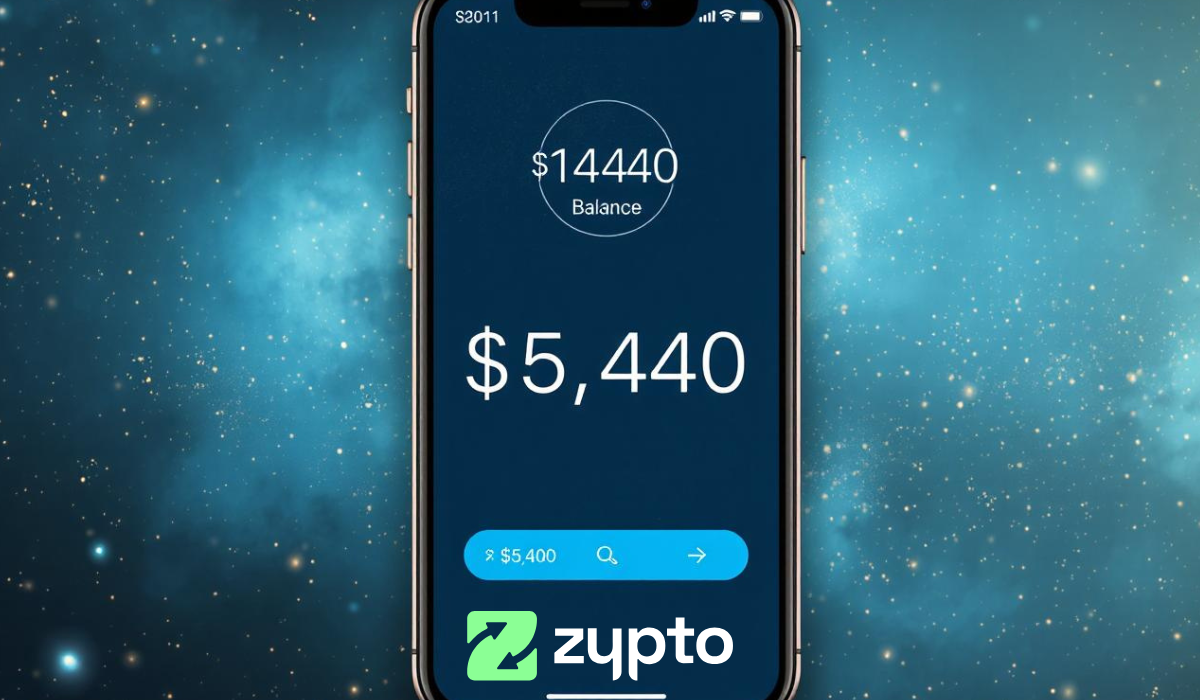
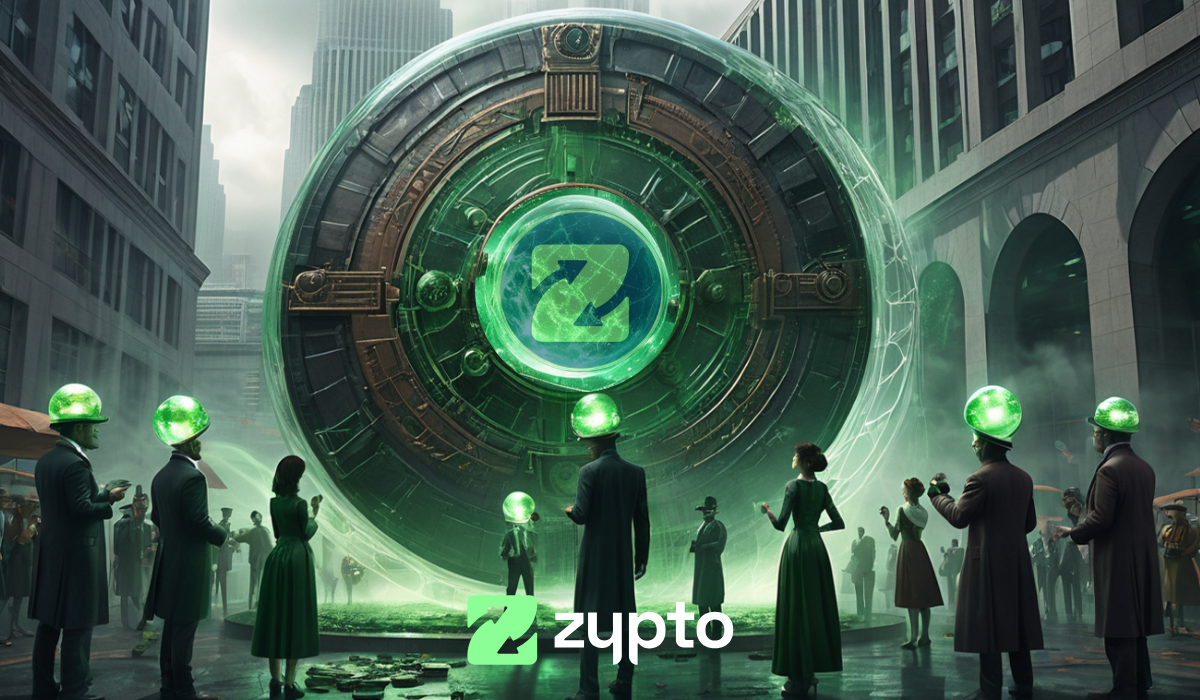
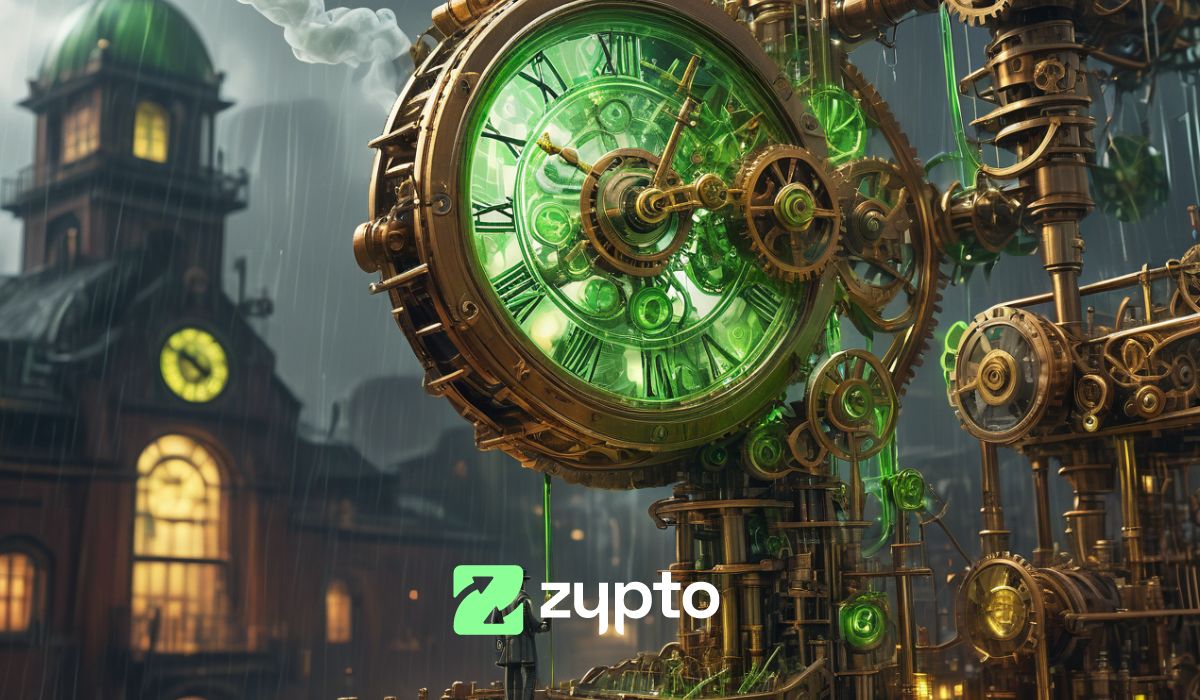
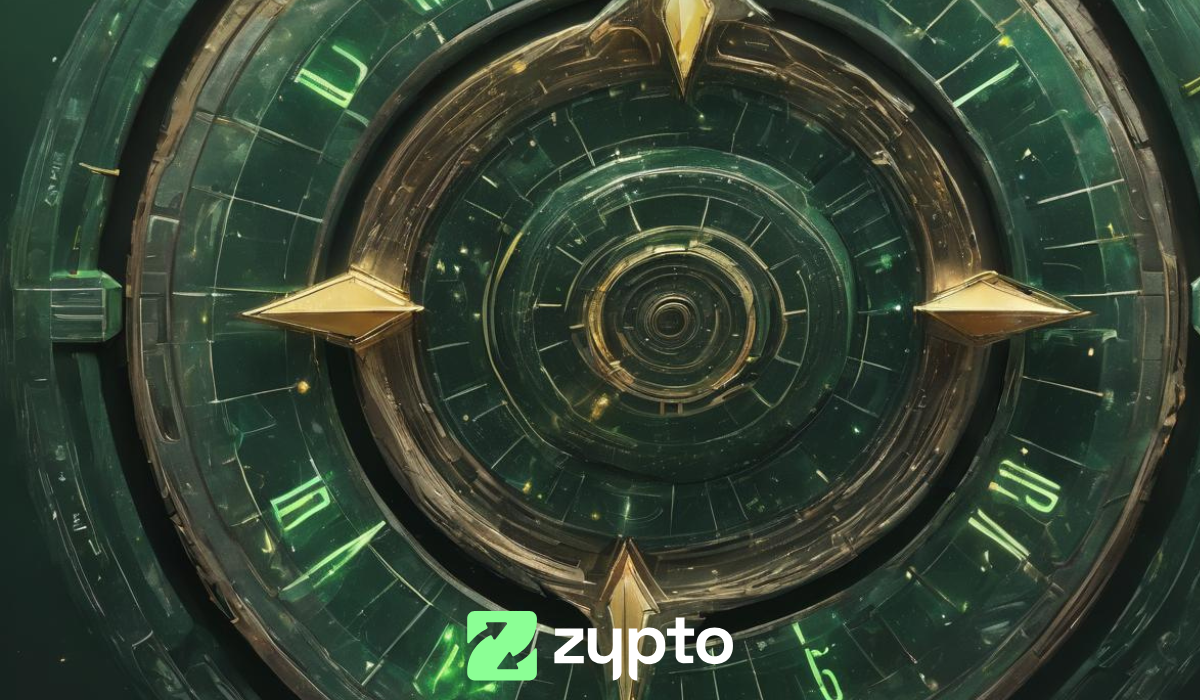
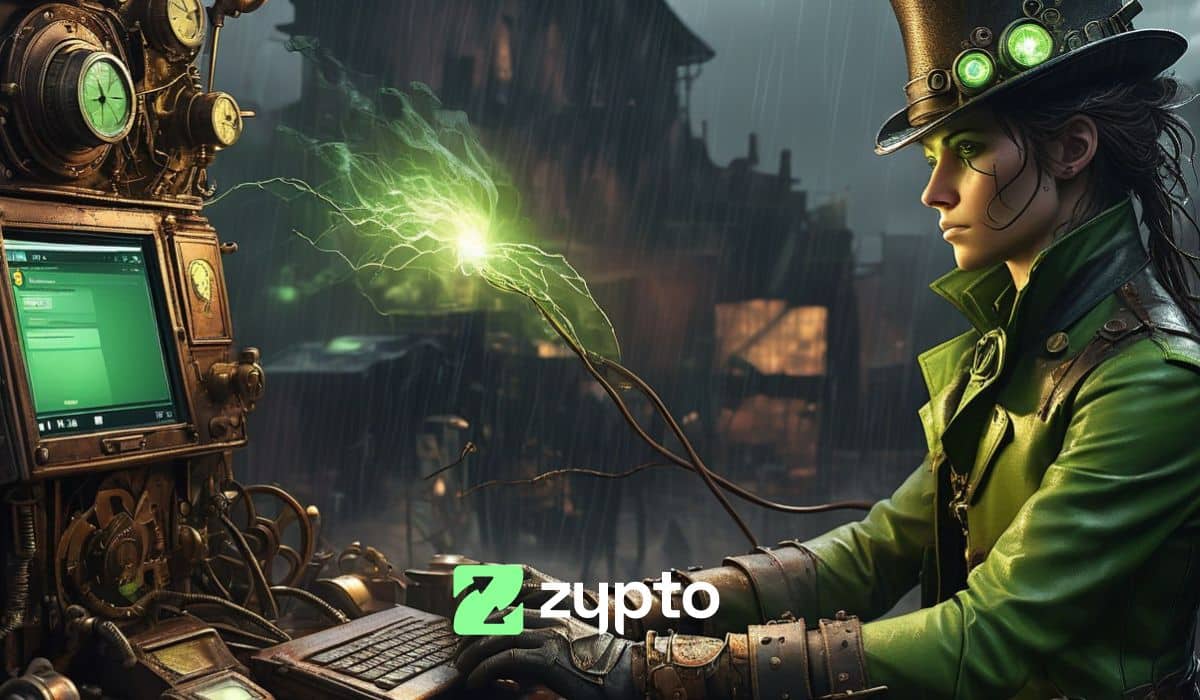

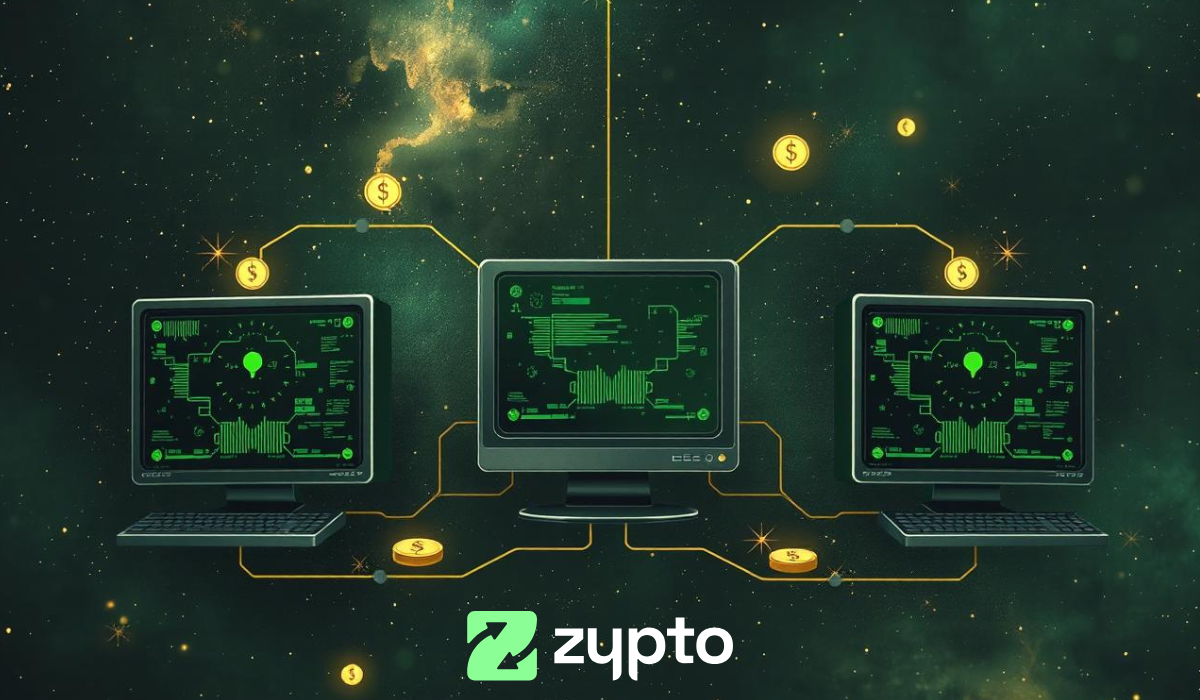
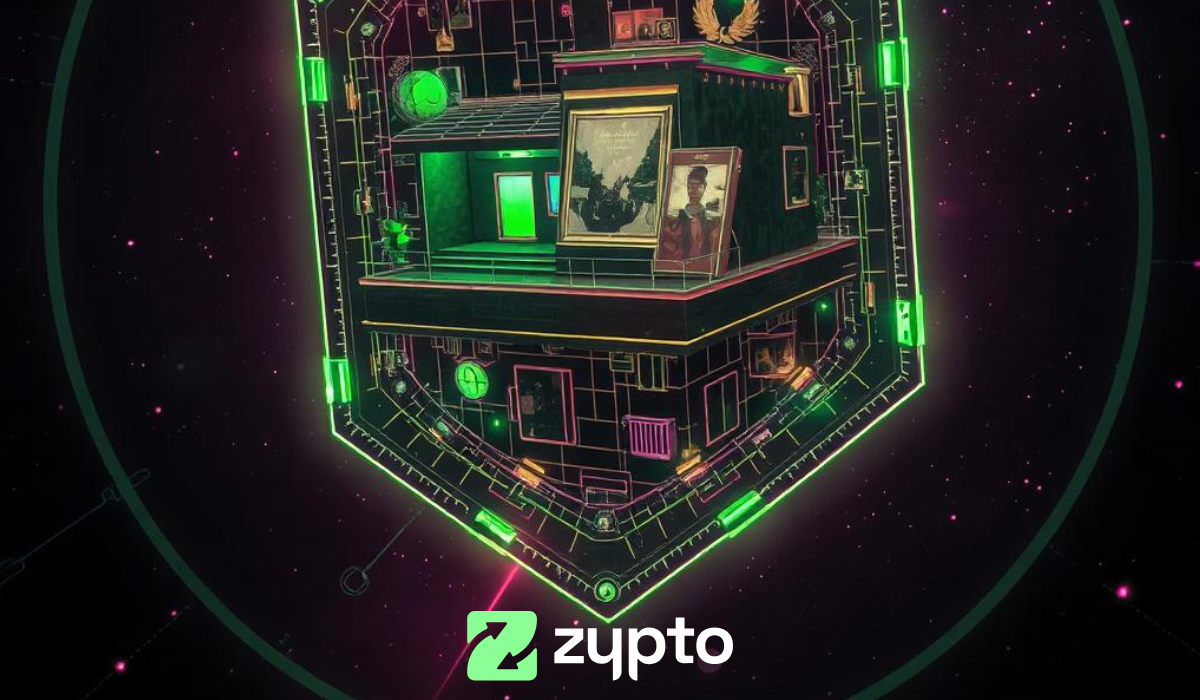
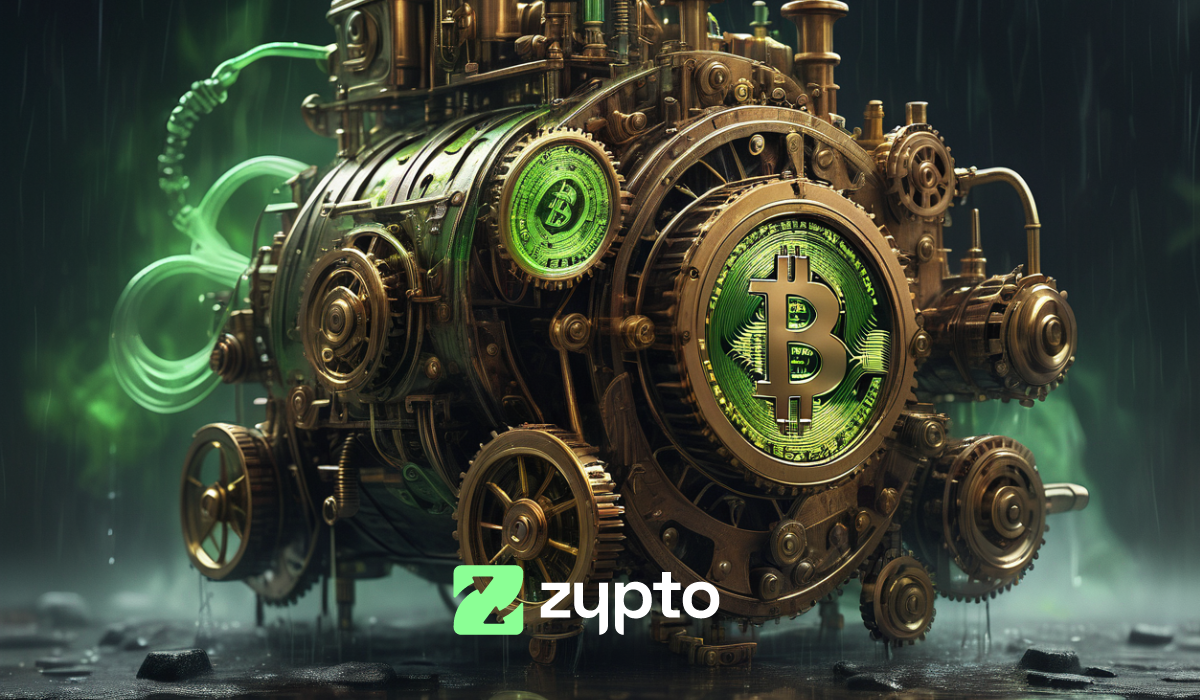
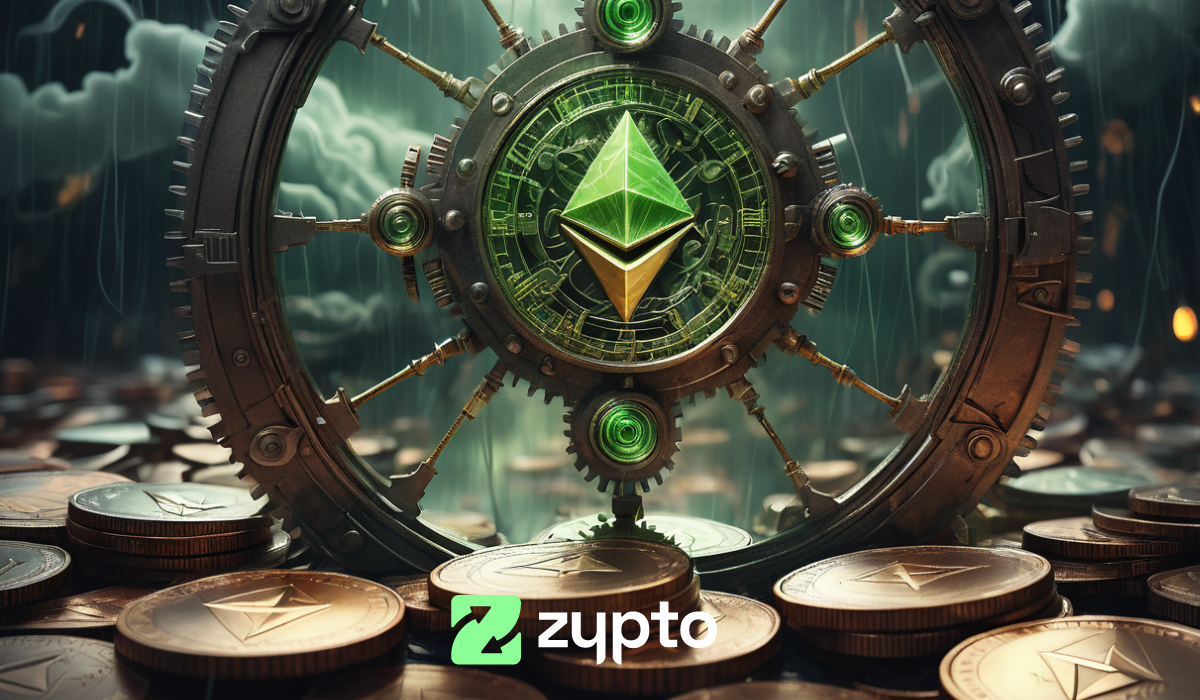
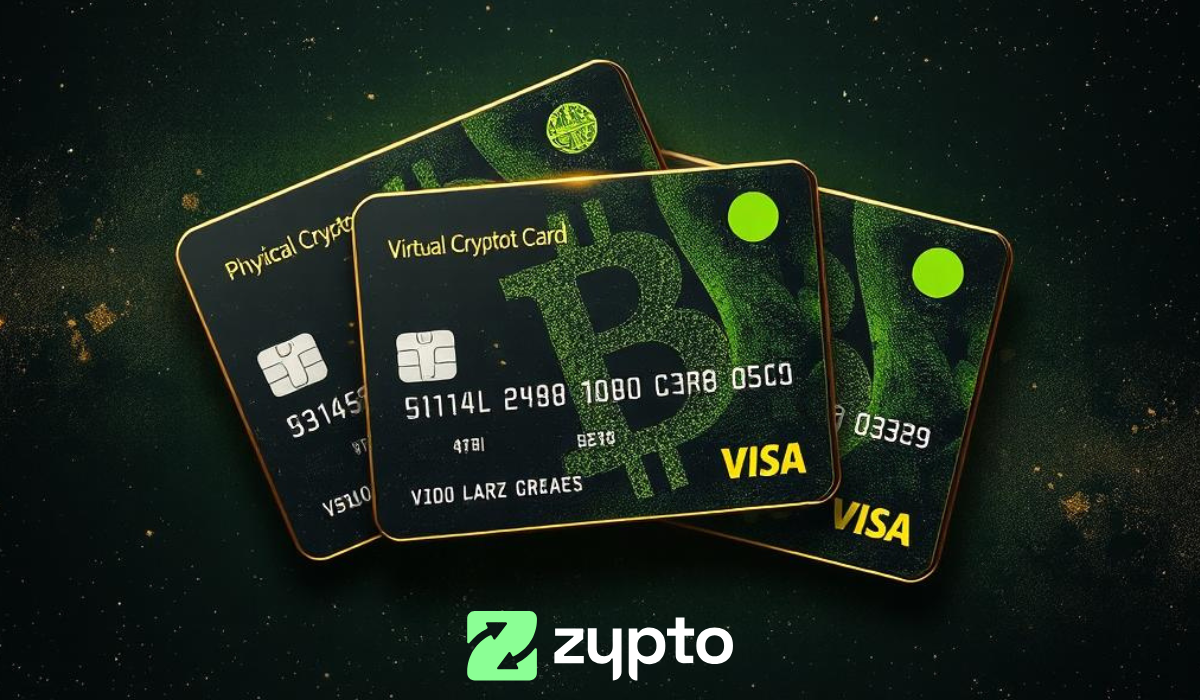
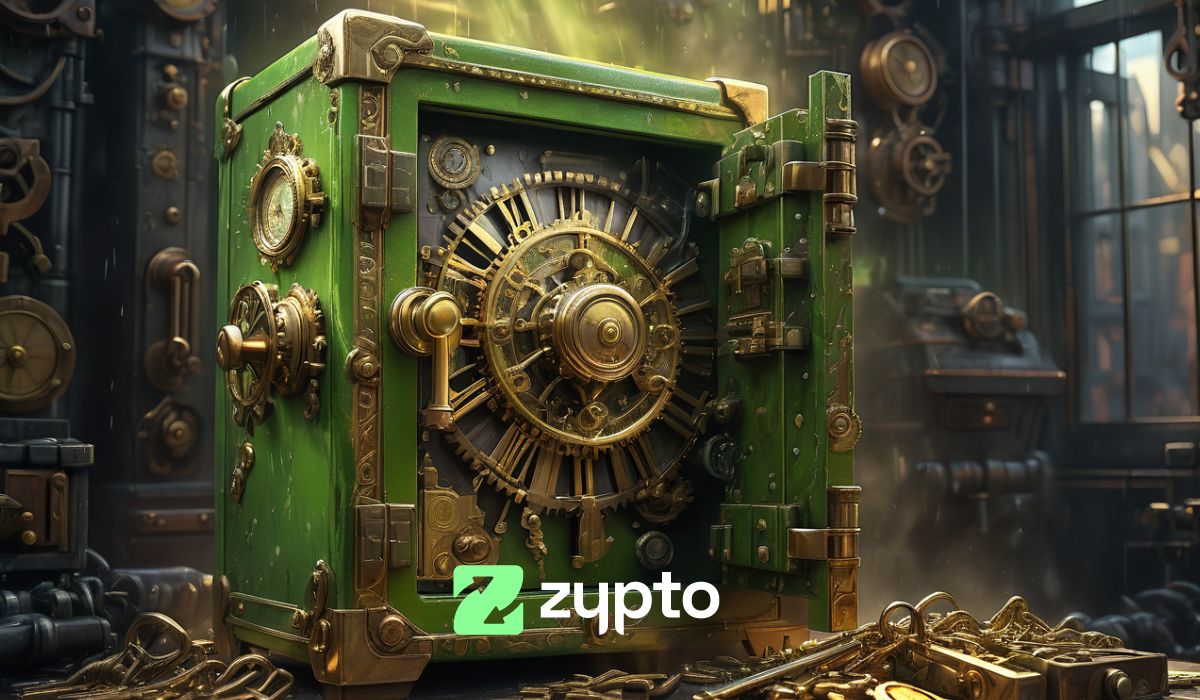

0 Comments